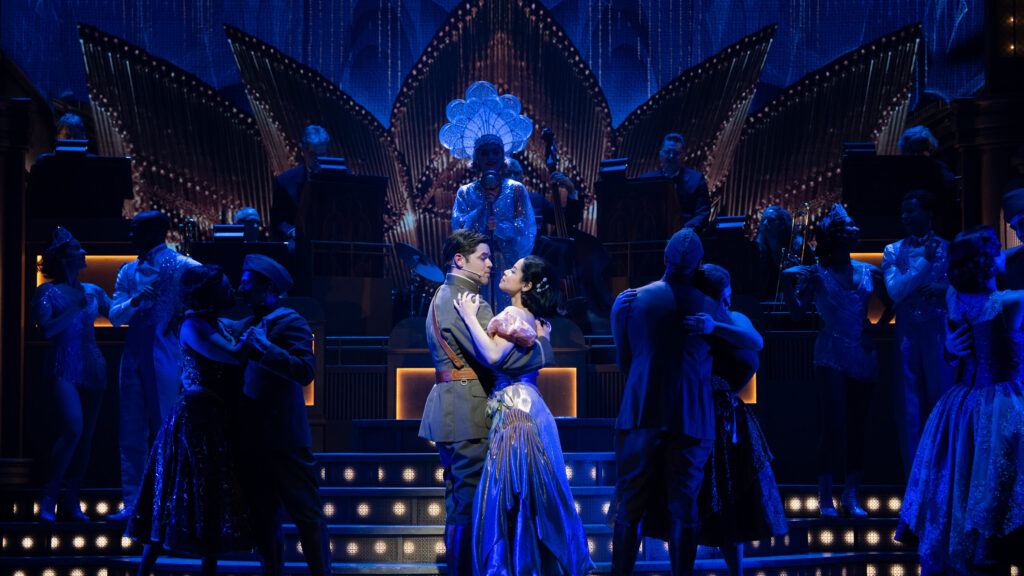Introduction to “The Great Gatsby”
Have you ever wondered why “The Great Gatsby” has such a lasting impact on literature and pop culture? Written by F. Scott Fitzgerald and published in 1925 great gatsby review roundup , this novel is often hailed as one of the greatest American novels. It captures the essence of the Jazz Age and explores timeless themes, which is why it continues to resonate with readers and critics alike. Let’s take a deep dive into the various reviews and perspectives that have shaped the understanding of this literary classic.
Critical Reception Over Time
When “The Great Gatsby” was first released, the reception was mixed. Some critics appreciated Fitzgerald’s writing style and the novel’s vibrant portrayal of the Roaring Twenties, while others found it lacking in substance. Despite this, the book did not achieve significant commercial success during Fitzgerald’s lifetime, and it was initially overshadowed by other works.
Evolution of Critical Opinion
It wasn’t until the mid-20th century that “The Great Gatsby” began to receive the acclaim it deserved. Scholars and critics reassessed the novel, recognizing its profound commentary on American society and its innovative narrative style. Today, it is considered a quintessential piece of American literature, praised for its exploration of themes like decadence and the elusive nature of the American Dream.
The American Dream
One of the novel’s most prominent themes is the American Dream. Gatsby’s rise from poverty to wealth exemplifies this ideal, but Fitzgerald presents it as fundamentally flawed. Gatsby’s ultimate failure to achieve true happiness despite his material success critiques the very notion of the American Dream, suggesting it is an illusion.
Social Class and Wealth
Social class and the disparity between old money and new money are central to the narrative. Gatsby, with his nouveau riche status, contrasts sharply with characters from old money families like Tom Buchanan. This clash highlights the entrenched social hierarchies and prejudices of the time.
Love and Betrayal
Love is both a driving force and a source of betrayal in “The Great Gatsby.” Gatsby’s obsession with Daisy Buchanan represents a romantic ideal that ultimately proves unattainable. This theme of disillusionment in love reflects the broader disillusionment with the American Dream.
Adaptations and Their Impact
“The Great Gatsby” has been adapted into film several times, with the 1974 version starring Robert Redford and Mia Farrow being one of the most notable. The 2013 adaptation directed by Baz Luhrmann, featuring Leonardo DiCaprio, brought a modern flair to the classic, introducing it to a new generation of viewers. Each adaptation offers a unique interpretation, reflecting the era in which it was made.
Stage and Television Adaptations
Beyond film, “The Great Gatsby” has also seen numerous stage and television adaptations. These productions often experiment with the novel’s setting and themes, providing fresh perspectives and helping to keep the story relevant across different media.
Reader Reactions
Many readers find “The Great Gatsby” a compelling and tragic exploration of the American experience. The novel’s evocative prose and rich symbolism have earned it a dedicated following. Readers often appreciate its critical look at the pursuit of happiness and the empty promises of wealth.
Common Criticisms
Despite its acclaim, “The Great Gatsby” is not without its critics. Some argue that the novel’s portrayal of characters is overly cynical or that its focus on the decadence of the time can overshadow deeper character development. Additionally, modern readers may find aspects of the novel’s social commentary less relevant to today’s context.
Strengths Highlighted by Critics
Critics consistently highlight Fitzgerald’s masterful prose and the novel’s vivid depiction of the Jazz Age. Its narrative structure, including the use of an unreliable narrator, and its exploration of complex themes are often cited as strengths.
Common Criticisms and Controversies
Common criticisms include the novel’s portrayal of characters as emblematic of their social class rather than fully developed individuals. Some also contend that its focus on wealth and status can overshadow other themes.
Conclusion
“The Great Gatsby” remains a cornerstone of American literature, celebrated for its incisive critique of the American Dream and its beautifully crafted prose. Its evolution from a modestly received novel to a celebrated classic reflects its enduring relevance and the depth of its impact on readers and critics alike.
FAQs
What is “The Great Gatsby” about?
“The Great Gatsby” explores themes of decadence, idealism, and the American Dream through the story of Jay Gatsby and his pursuit of wealth and status in 1920s America.
How was “The Great Gatsby” received when it was first published?
Upon its release in 1925, “The Great Gatsby” received mixed reviews and did not achieve commercial success until years later.
What are the main themes of “The Great Gatsby”?
The novel primarily addresses the American Dream, social class and wealth, and the complexities of love and betrayal.
Have there been any notable adaptations of “The Great Gatsby”?
Yes, notable adaptations include the 1974 film starring Robert Redford and the 2013 film directed by Baz Luhrmann, among others.
What do modern readers think of “The Great Gatsby”?
Modern readers often appreciate its critical perspective on wealth and the American Dream, though some criticize its focus on decadence and character portrayal.



